XENNS Mangird Top Review: When Graphs Lie
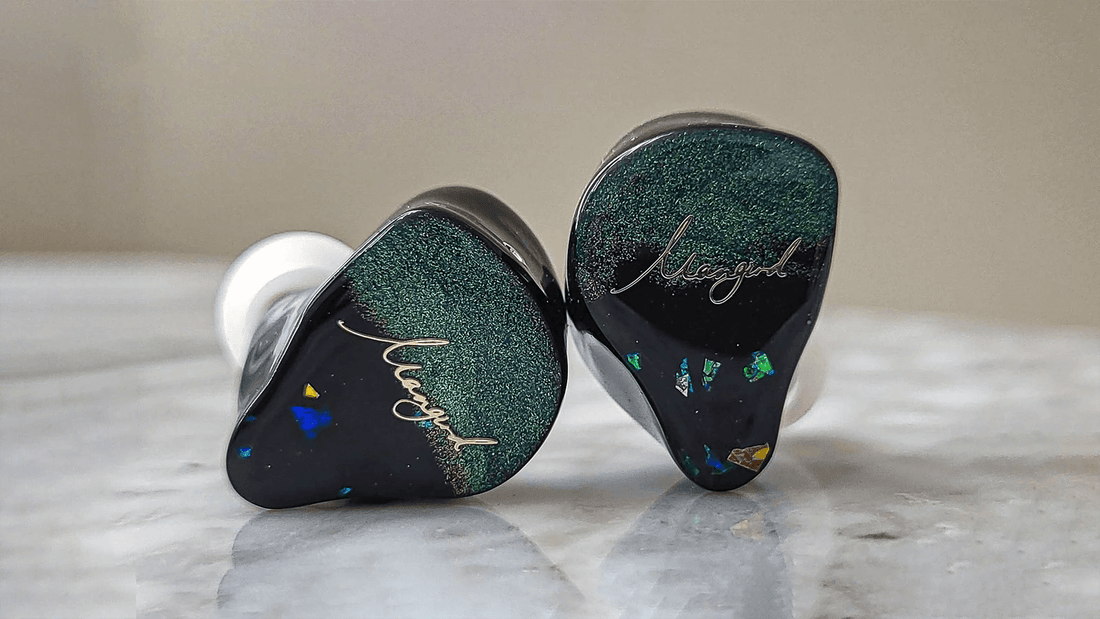
Introduction
Coming in at $530, the XENNS Mangird Top sits squarely in the “mid-fi” IEM landscape. Lately, IEMs have been concentrated in the budget or high-end market, so to see one priced here is an unexpected welcome. For those who don’t know, Mangird is a Chinese brand that struck a bit of gold with the release of their Mangird Tea and sequel Tea 2, largely thanks to audio influencer BGGAR. With this newfound success, Mangird produced a few other IEMs such as their flagship Mangird Up and the newly released Mangird Top that I’m reviewing today. With its complex 8 balanced armature and single dynamic driver (1 DD + 8 BA) setup, it looks like Mangird is serious about putting forth a strong midrange contender.
P.S.: If you’re wondering where the XENNS comes from, great question. To my knowledge, Mangird apparently tried to rebrand as XENNS but the Mangird name still stuck around. I’ll simply be referring to it as the Mangird Top.
Review unit sent by Linsoul
What we like
- Dark, bassy sounding tonal profile
- Excellent coherency
- Comprehensive accessory set
What we don’t like
- Slightly muddy, very boomy low-end
- Price
What’s In the Box
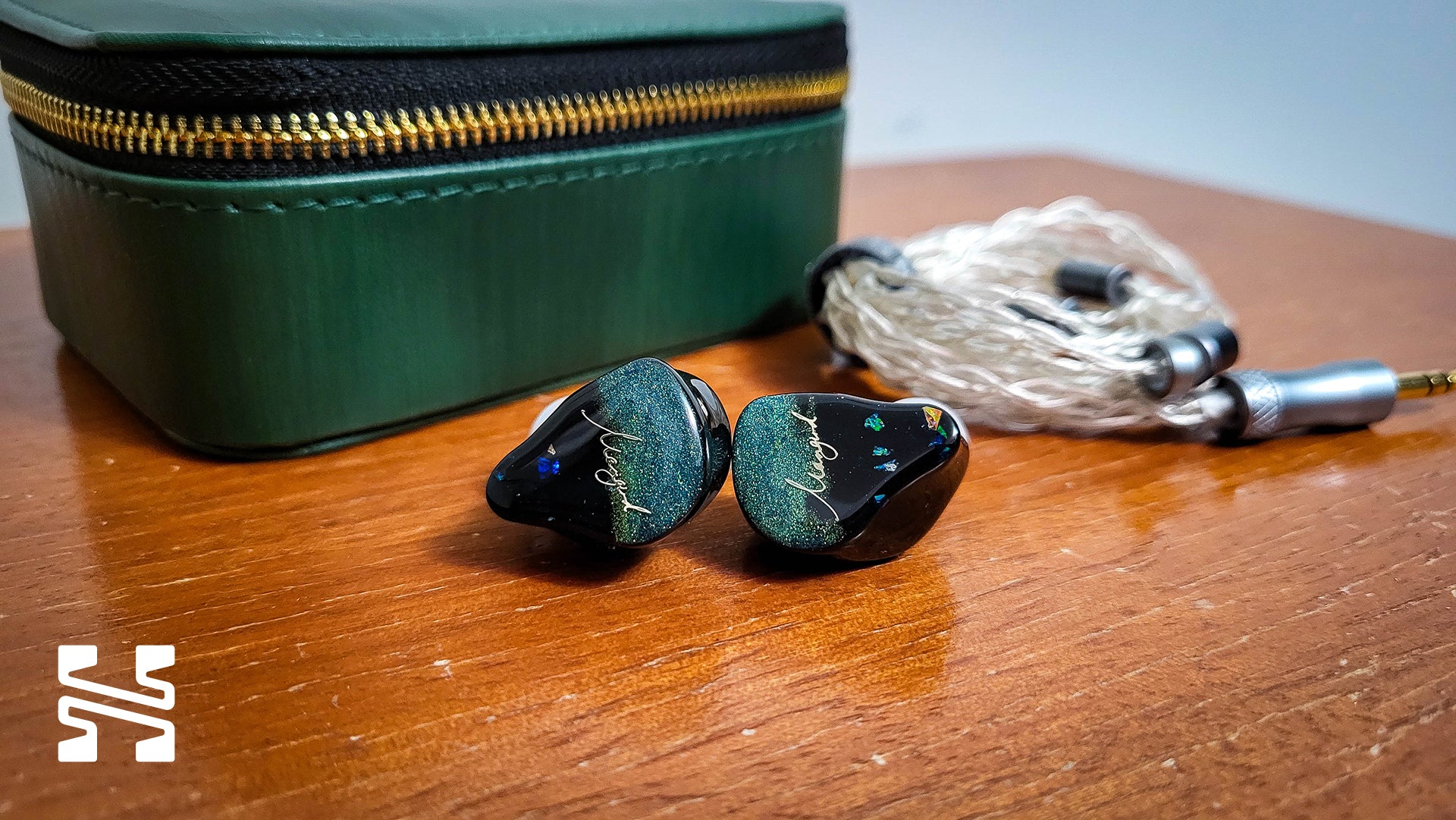
- A set of generic S/M/L silicon tips and one pair of foamies.
- A Mangird gold keychain accessory.
- A little furry grey IEM pouch.
- A large green IEM case. It’s pretty nice. Inside is fur-lined with separate compartments for the left and right sides.
- A silver 4-core braided 2-pin cable. I like this cable; it's soft and pliable with little cable memory. It has an interchangeable termination system so you can fit 2.5/3.5/4.4 mm jacks on. It’s friction-fit only with no locking mechanism though, so you’ll have to be a bit careful.
- The Mangird Top itself. It’s a standard resin shell with a glittery faceplate. Nothing special here. While I didn’t have any issues with comfort, note that the nozzle diameter is quite large at a little over 6 mm. I suspect the shorter nozzle length helps it still be relatively comfortable despite this larger nozzle size.
Source(s): Apple USB-C dongle
Sound and Frequency Response

Frequency response of the XENNS Mangird Top. Measurement taken with an IEC-711 clone microphone. Comparisons can only be made relative to other measurements taken by this specific microphone. A peak at about 8 – 10 kHz is likely an artifact of the measurement rig and may not exist as depicted here. Measurements above 8 kHz are not accurate. If possible, reference multiple measurements.
Wow. Now that is an impressive graph. At first glance, that’s probably too much bass, but the upper mids structure is excellent and the way it slopes off into the treble region is almost dreamy. While measurements beyond about 8 kHz are not considered accurate, we can roughly approximate the upper treble: it looks like there is superb treble extension and response.
But as you can probably guess from my admittedly clickbaity title, all is not what it may seem. In particular, there’s something suspiciously missing in this graph. Can you guess what it is?
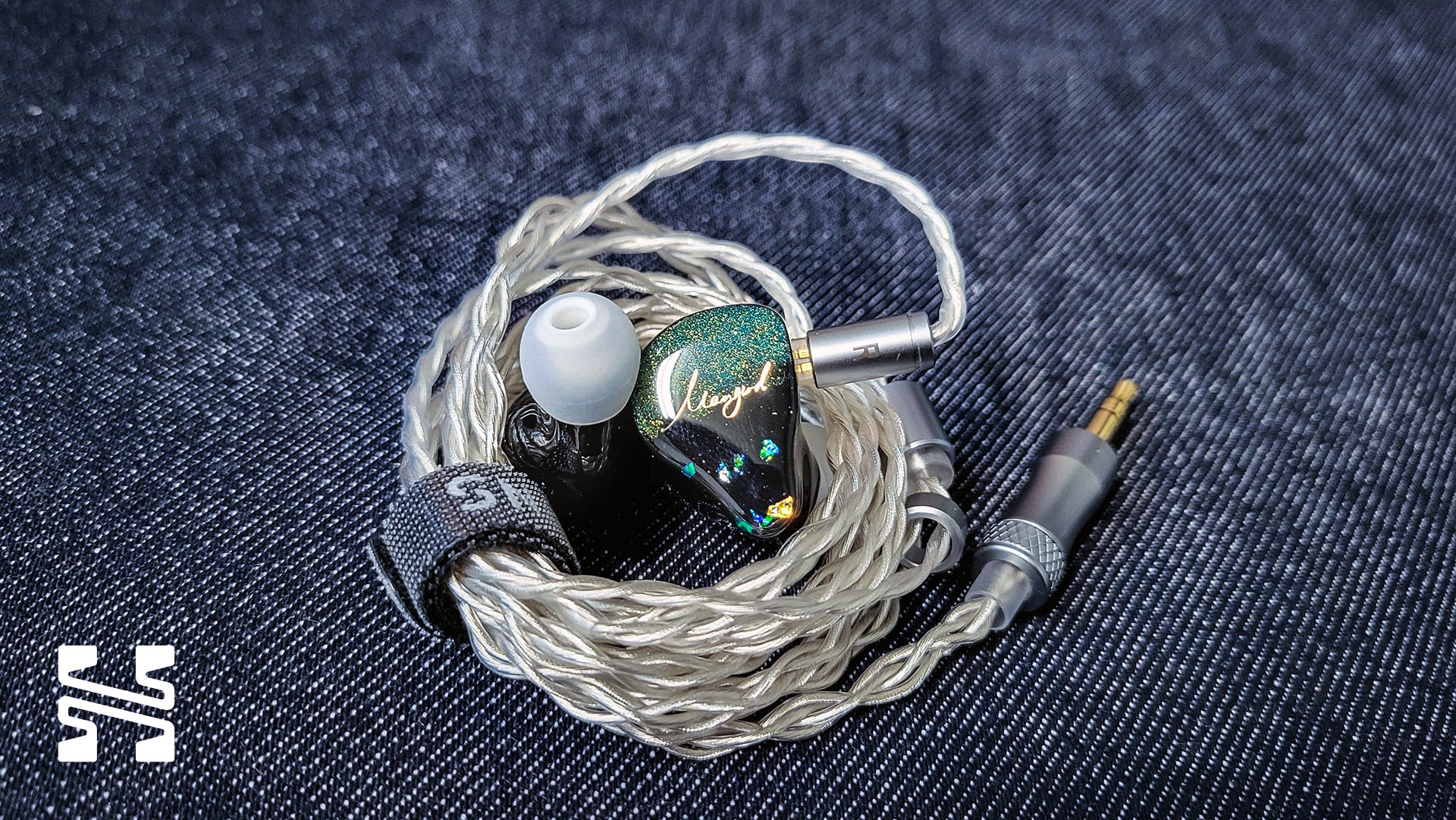
There is no 8 kHz resonance peak.
Isn’t that strange? Every IEM I’ve measured in the past has some sort of resonant peak at 8 kHz, an artifact of the measurement rig itself. This peak shifts around based on how I do the measurement but it generally falls around 7 - 9 kHz and I aim for 8 kHz for consistency. Regardless, given that it’s a measurement artifact, it’s generally fruitless to try and decipher the peak from what is the IEM itself versus an artifact that doesn’t actually exist. But in this case, there is no peak at all.
So what does this actually mean? Well, the Mangird Top can be described as a bit of a dark, bassy IEM. When I was listening to it prior to measuring, I struggled to visualize what it would be like. The bass was in-your-face and boomy yet it didn’t feel too overly bloated. Treble notes were present and complete, but they lacked presence. Despite this, the midrange felt just right. Vocals and instruments had the right amount of forwardness.
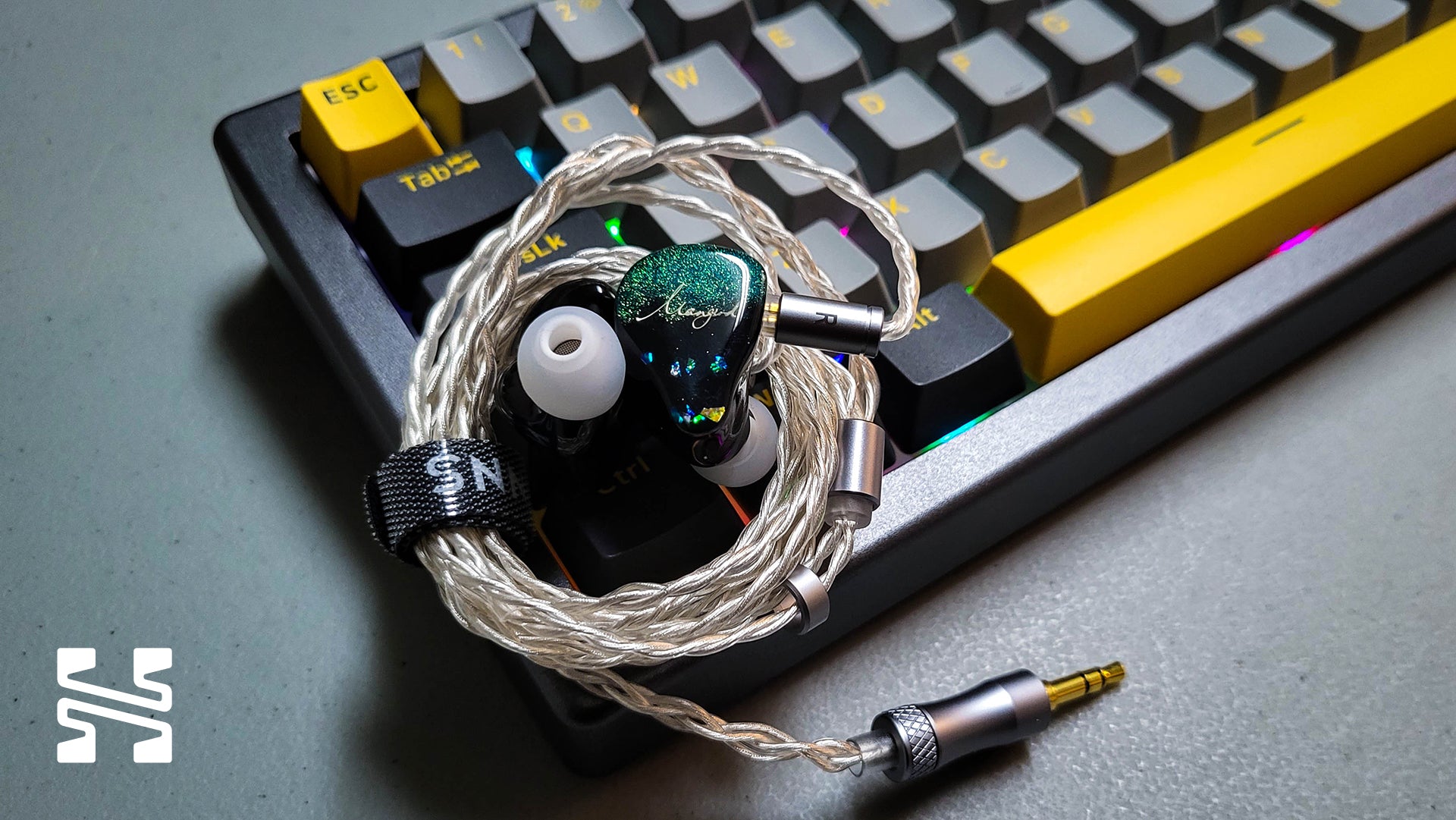
The overarching flavor of the Mangird Top is that it lacks sharpness. Notes don’t have much of an edge to shape definition. This is most heard on drum notes, particularly the floor tom and kick. Not only does it sound boomy, it ends up sounding blob-by. While it has weight and impact, it lacks the transients to give it punch. The Mangird Top has about a 9 - 10 dB bass shelf which is definitely a lot but not out of the realm of the ordinary. The issue lies in the treble. There is no brilliance in the top end whatsoever. It sounds flat. While this means you will never have an issue with treble peaks or sibilance, it’s a double edged sword. Without the sharpness afforded by the treble, bass notes take on a blurred vagueness.
This is a phenomenon I’ve noticed before. IEMs that have a hard ~ 8 kHz artifact peak generally tend to sound sharp and potentially peaky. The tamer the peak, the more smoothed over and non-fatiguing the sound becomes. For example, the MoonDrop Aria’s 8 kHz peak is a relatively small blip. Correspondingly, the Aria can be on the softer where the transient punch isn’t nearly quite as strong. This is in contrast to the 7Hz Timeless with its larger 8 kHz peak that has a nicely defined and clean sound. I haven’t seen an IEM as extreme as the Mangird Top where there’s practically no peak at all. Of course, all of this is anecdotal and conjectural and highly unscientific but it’s an interesting trend I’ve noticed, especially given my experience with the Mangird Top.
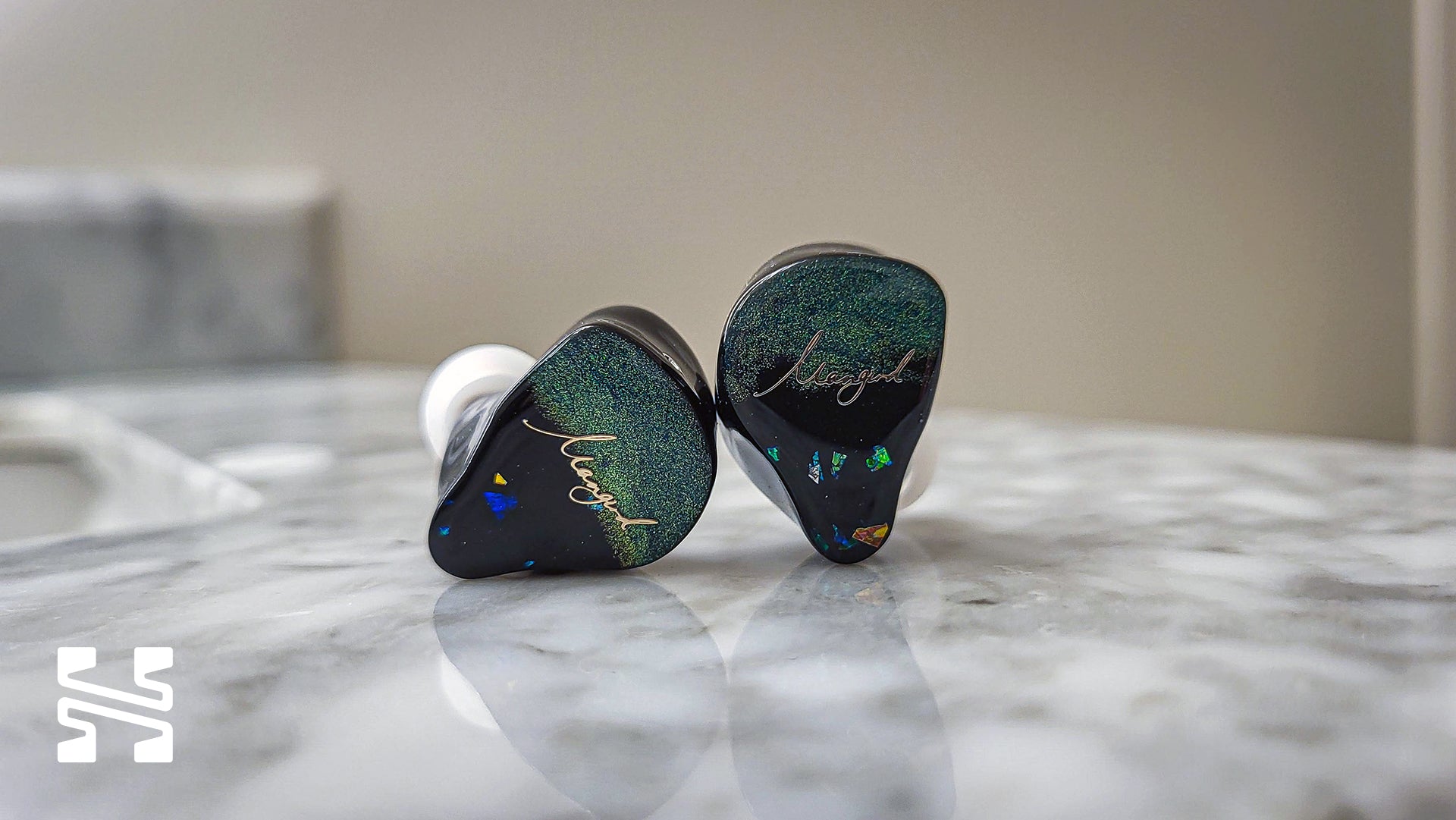
Love our in-depth reviews?
We test and review hundreds of headphones every year. Sign up to get the latest news, reviews, guides, and more in your inbox. Join the 60,000+ like-minded audio lovers who love our newsletter!
Presentation
The presentation of the Mangird Top is unusual as it doesn’t exactly fit into the common descriptors I ascribe to IEMs. I wouldn’t call the bass blunt despite the lack of transients. While the bass unabashedly booms, it’s still controlled. Though one might consider it smooth sounding, it’s more a lack of any offending peaks rather than a textural, velvety smoothness. Despite graphing with such excellent upper treble extension, I don’t hear much of the upper harmonics that breathe vibrancy into vocals and instruments. Yet I also wouldn’t consider the Mangird Top a warm or lush IEM. It doesn’t have a lower midrange emphasis. Instead, bass notes overshadow the richness of the lower mids. It’s like an inverse Goldilocks. All sorts of in-the-middle yet ultimately not very enjoyable.
It’s unfortunate because I did want to like the Mangird Top. I appreciate the level of coherency it has. Despite lacking the sharp definition that I look for, instrument separation is solid. Notes do layer nicely on top of each other. Even through all the bass, bass guitar notes are clearly distinguished from the drums. Vocals never get lost even if they don’t have that top end airiness and clarity. Resolution and detail retrieval is similarly performant. Soundstage is wider than average and imaging is precise, particularly with the panning of booming drum notes. The Mangird Top’s technical performance isn’t best in class by any means but given its sound signature and sonic presentation, it’s acceptable.
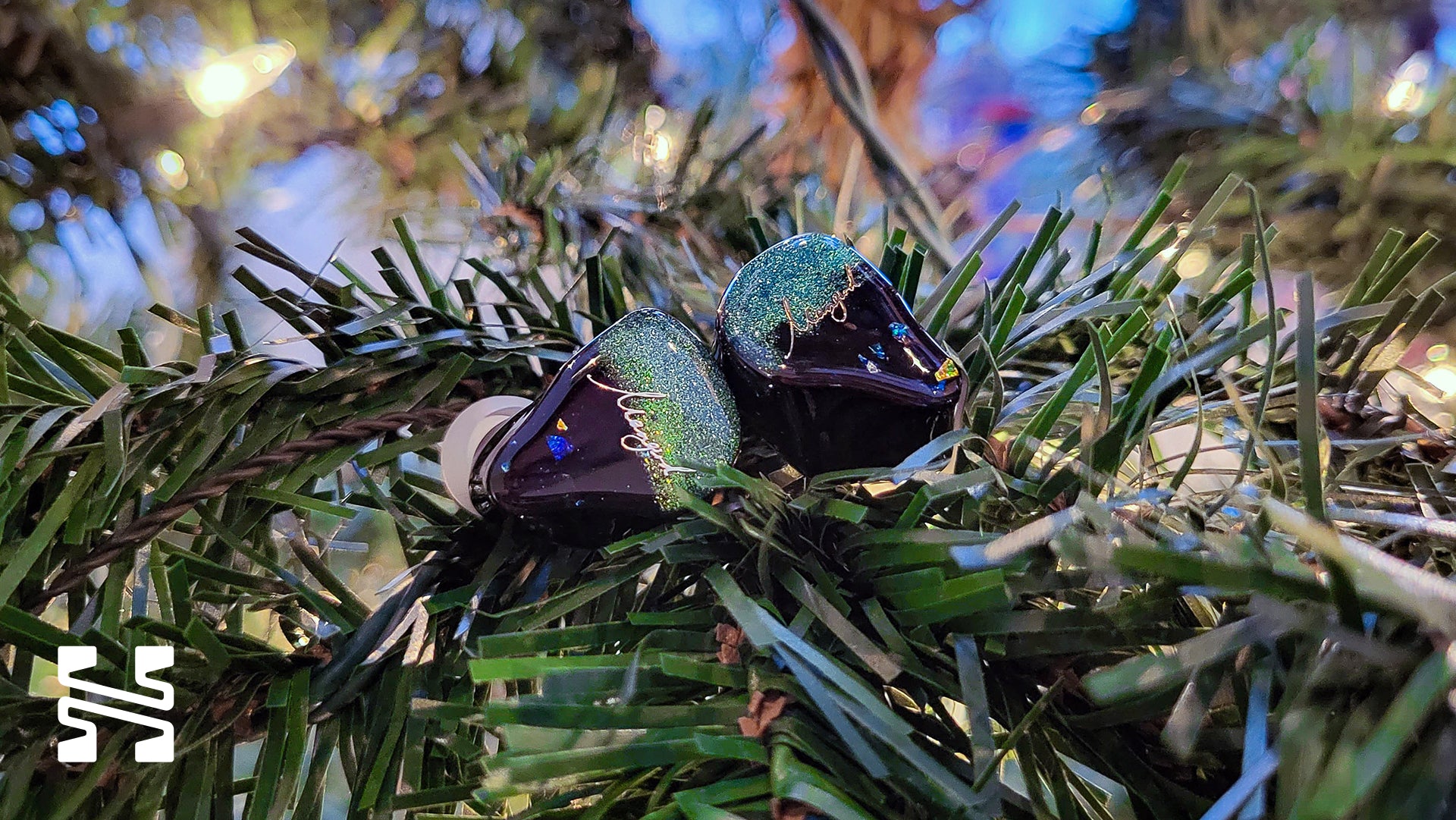
Should You Buy It?
No, not really. I personally can’t give the Mangird Top a recommendation. While there are a number of aspects about the Top that I like, I simply can’t get over its bass presentation. I don’t often say this but it really is a deal breaker for me. Pricing wise, at $530 the Mangird Top is not a cheap IEM by any means. Innovations in the IEM space have made it extremely hard to justify most products priced around the $500 mark. That said, I do think the Mangird Top is an IEM that some will really enjoy. A few reviewer buddies I spoke with thought highly of it. But it’s not for me.
If you have your eye on it, I would strongly suggest demoing it first before committing. While the frequency response graph may look amazing, the way it presents sound goes beyond what you might typically estimate an IEM with this sort of tonal profile to sound like. The Mangird Top serves as a nice reminder that listening to gear yourself is truly the only way to tell if you’ll like something or not. I would’ve been fooled if I only saw the graph.
